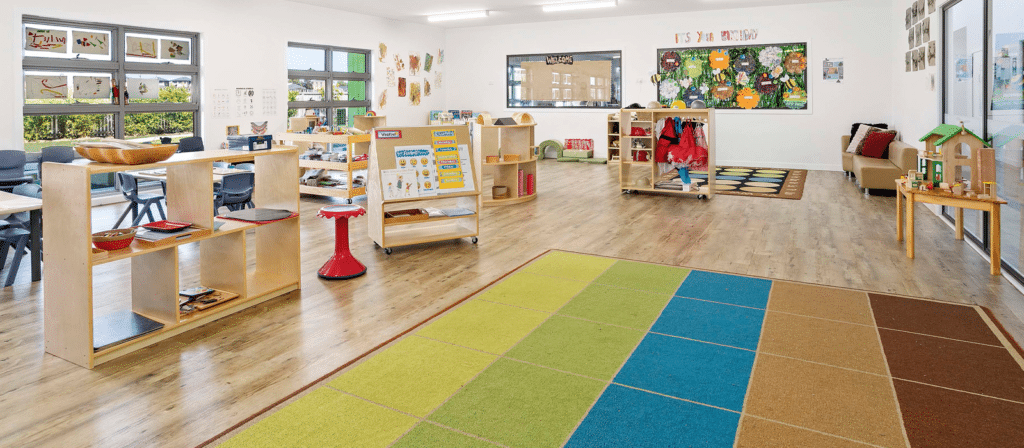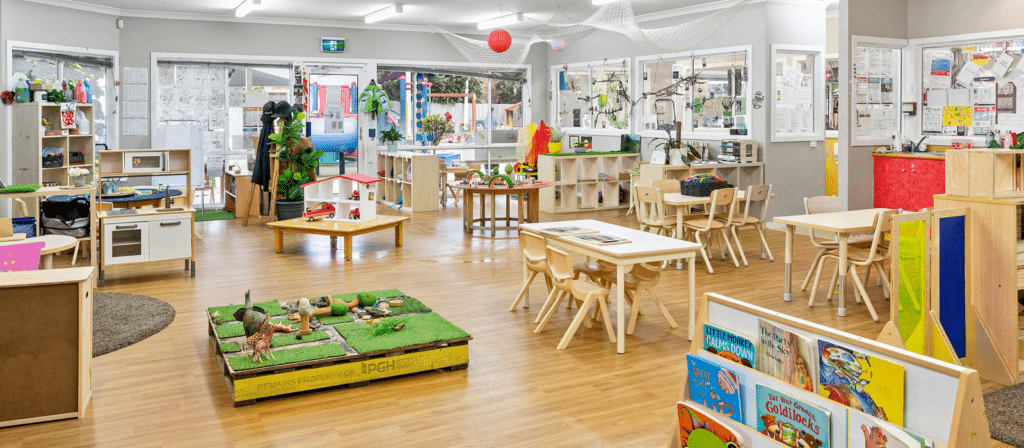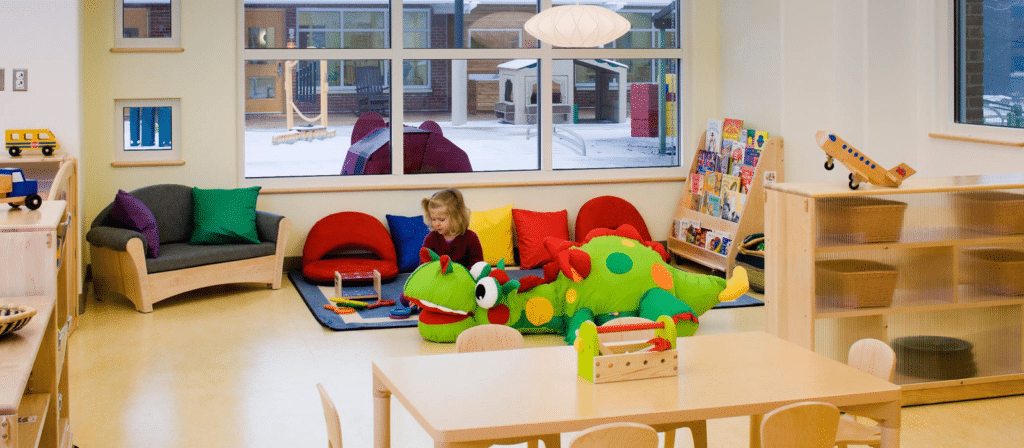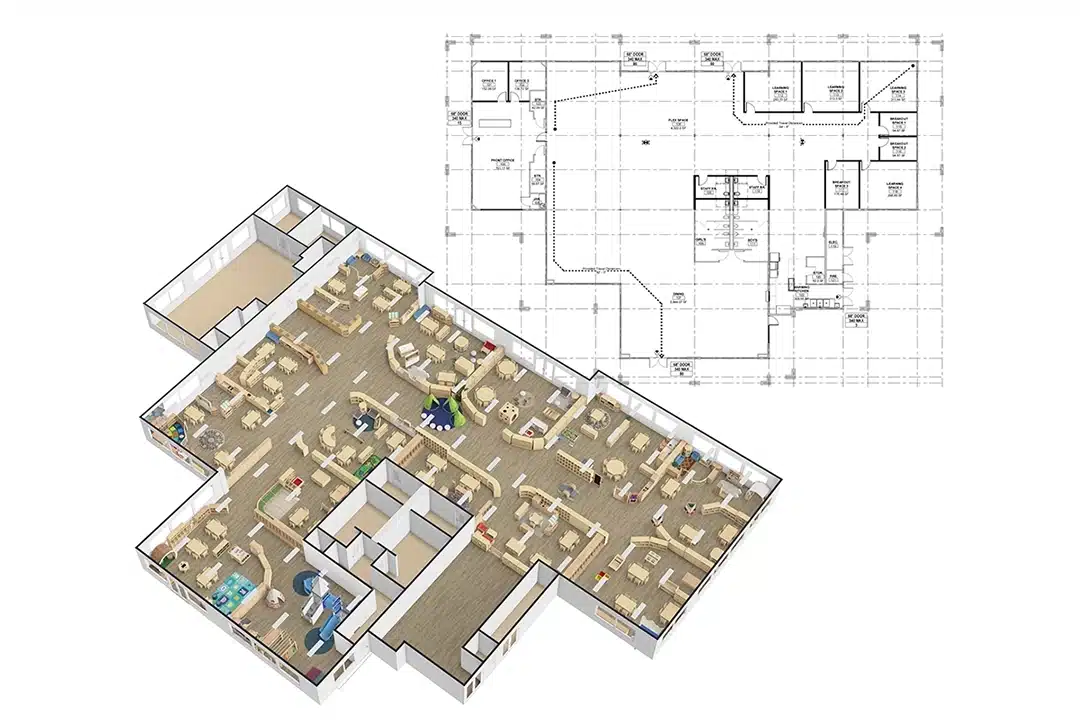As a passionate advocate for sustainability, I believe that every aspect of our lives should reflect our commitment to protecting the environment. This includes the choices we make when it comes to the furniture we use, especially in educational environments such as Montessori schools. In this blog post, I will explore the importance of promoting sustainability through the use of eco-friendly Montessori furniture, and how it can contribute to a greener and more mindful future.
Montessori education is based on the belief that children learn best in an environment that is carefully prepared and tailored to their needs. This extends beyond the curriculum and teaching methods to include the physical space in which they learn and grow. Traditional Montessori furniture, such as tables, chairs, and shelves, are designed to be child-sized and accessible, encouraging independence and exploration. However, it is equally important to consider the environmental impact of these materials and how they are produced.
Using sustainable materials
One of the key principles of eco-friendly Montessori furniture is the use of sustainable materials. This means opting for materials that are renewable, recycled, or reclaimed. For example, instead of using new wood from freshly cut trees, furniture can be made from reclaimed or recycled wood, which reduces the demand for new resources and prevents unnecessary deforestation. Additionally, eco-friendly furniture can be made from bamboo, which is a fast-growing and highly renewable resource.
Reducing waste through durability
Another important aspect of eco-friendly Montessori furniture is its durability. By investing in high-quality, well-constructed furniture, we can reduce waste and minimize the need for frequent replacements. This not only saves money in the long run but also reduces the environmental impact of manufacturing and disposing of furniture. When furniture is built to last, it can withstand the wear and tear of daily use in a Montessori classroom, ensuring that it can be enjoyed by multiple generations of children.
Non-toxic and safe materials
The health and safety of children should always be a top priority, which is why eco-friendly Montessori furniture is made from non-toxic materials. Traditional furniture often contains harmful chemicals such as formaldehyde and volatile organic compounds (VOCs), which can off-gas and negatively affect indoor air quality. Eco-friendly furniture, on the other hand, is made from natural and non-toxic materials, ensuring a safe and healthy learning environment for children.

Supporting local and fair trade
Promoting sustainability goes beyond just the materials used in the furniture. It also involves considering the social and economic impact of our purchasing decisions. By supporting local artisans and fair trade practices, we can ensure that the furniture we choose is ethically produced and that workers are paid fair wages. This not only benefits the community but also helps to create a more sustainable and equitable global economy.
How does eco-friendly Montessori furniture benefit children?
Eco-friendly Montessori furniture offers numerous benefits for children, both academically and environmentally. By providing a natural and sustainable environment, children are exposed to the importance of caring for the planet from a young age. They learn to appreciate the beauty of nature and develop a sense of responsibility towards the environment. This awareness can shape their future actions and choices, instilling in them a lifelong commitment to sustainability.
In addition to the environmental benefits, eco-friendly Montessori furniture also contributes to the overall learning experience. When children are surrounded by furniture made from natural materials, they engage with their senses and develop a deeper connection to the world around them. For example, sitting on a wooden chair or touching a bamboo shelf allows them to experience different textures and understand the properties of different materials.
Furthermore, eco-friendly Montessori furniture is designed to be child-sized and accessible. This promotes independence and encourages children to take responsibility for their own learning environment. They can easily move and arrange furniture according to their needs, fostering a sense of ownership and empowerment. By having furniture that is designed with their physical capabilities in mind, children feel a sense of belonging and comfort in their learning space.
How can schools and parents promote sustainability through Montessori furniture?
Schools and parents play a crucial role in promoting sustainability through the use of eco-friendly Montessori furniture. Here are a few practical steps they can take:
Research and choose eco-friendly furniture suppliers: Look for suppliers that prioritize sustainability and offer furniture made from renewable or recycled materials. Check for certifications such as Forest Stewardship Council (FSC) or GreenGuard to ensure the furniture meets rigorous environmental and safety standards.
Educate children about sustainability: Incorporate lessons and activities that teach children about the importance of sustainability and the impact of their choices. Encourage them to reflect on the materials used in their furniture and discuss ways to reduce waste and conserve resources.
Involve children in the decision-making process: When selecting new furniture or making changes to the learning environment, involve children in the process. This allows them to have a voice and develop a sense of ownership and responsibility for their surroundings.
Embrace upcycling and DIY projects: Instead of always purchasing new furniture, consider repurposing or upcycling existing items. Encourage children to participate in DIY projects where they can transform old furniture into something new and unique.

By taking these steps, schools and parents can create a sustainable and eco-friendly learning environment that aligns with the principles of Montessori education.
Conclusion
Promoting sustainability through eco-friendly Montessori furniture is not only beneficial for the environment but also for the well-being and education of children. By using sustainable materials, reducing waste, and prioritizing non-toxic and safe options, we can create learning environments that inspire children to become responsible stewards of the planet. Let us embrace the principles of Montessori education and make conscious choices that support a greener and more sustainable future for generations to come.













